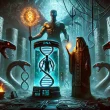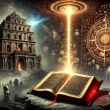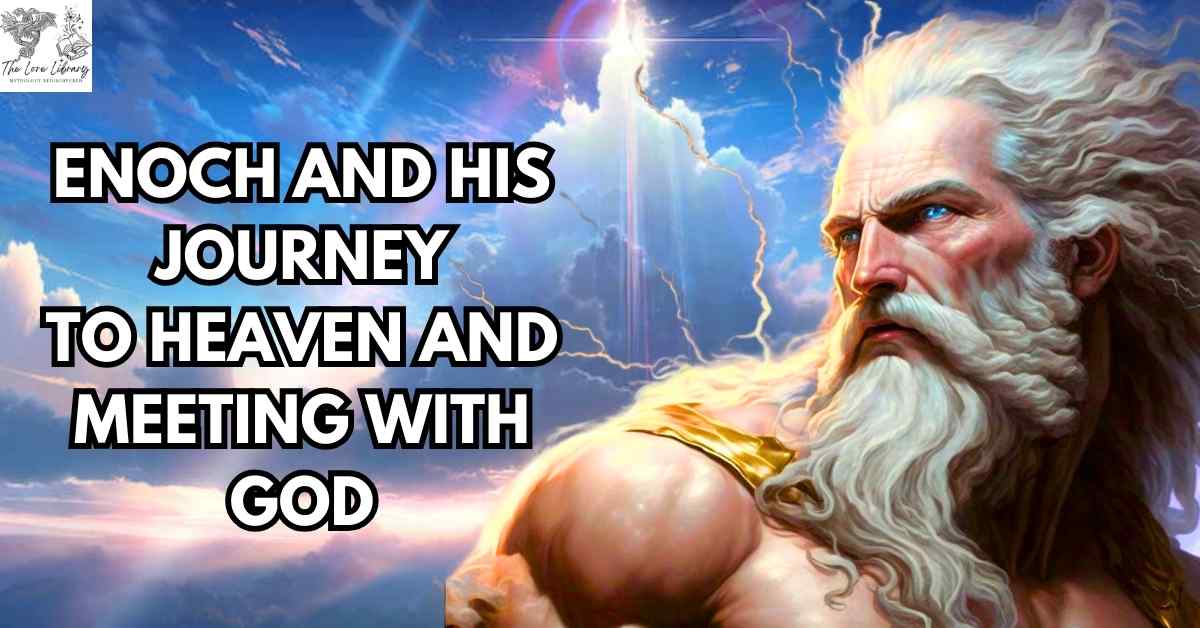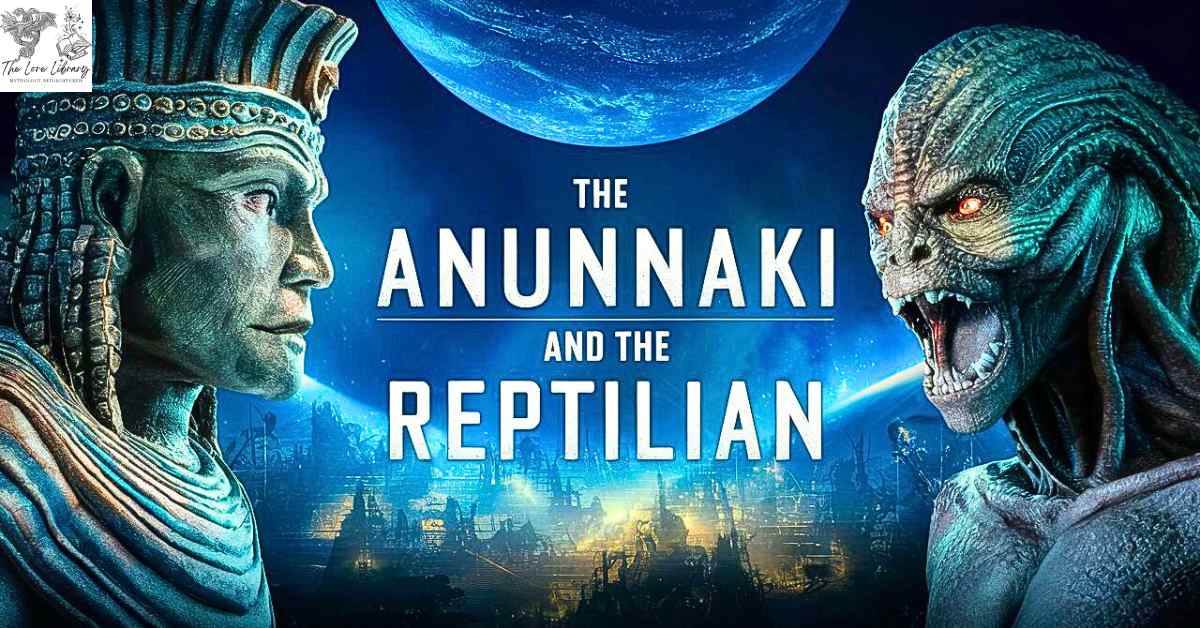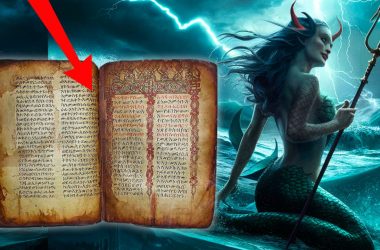The Nag Hammadi Discovery Provides an Alternative Genesis Narrative The collection of ancient Gnostic texts known as the Nag Hammadi library, discovered in 1945, provides a very different perspective on the Genesis creation account than the standard version that has dominated religious thought for millennia.
Although suppressed for centuries before their fortuitous unearthing, these rare manuscripts reinforce the connections between Genesis and earlier Sumerian stories while also, directly and indirectly, confirming that the writer(s) of Genesis derived inspiration from these ancient Mesopotamian records.
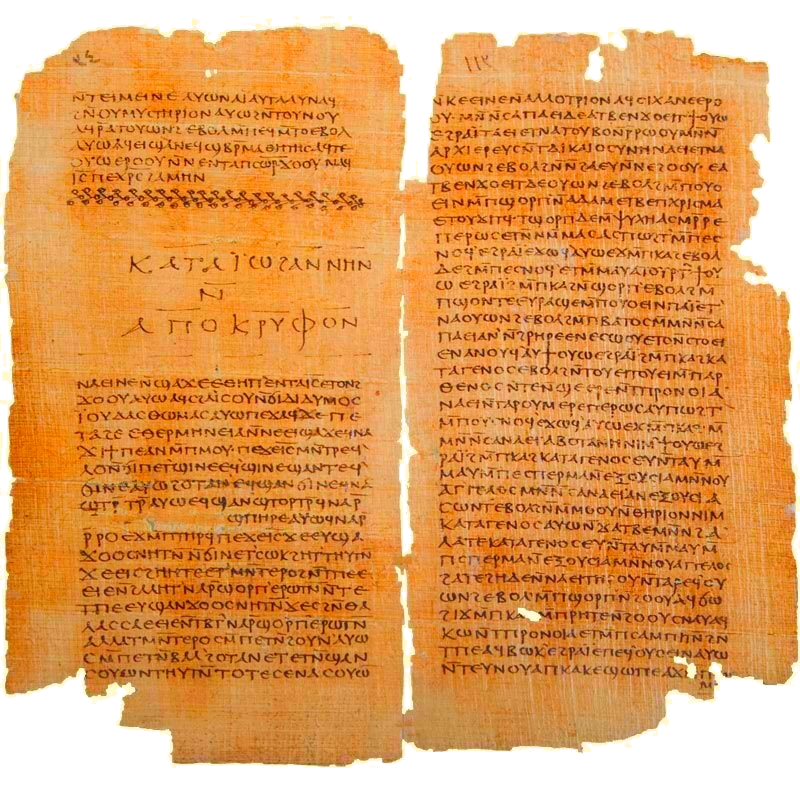
The Nag Hammadi Collection – Apocalypse of Adam Retells the Story of Human Origins
In the Apocalypse of Adam, a treasure of the Nag Hammadi collection, Adam passes on secret knowledge to his son Seth concerning Adam’s origins at the hands of advanced creators referred to as “the great eternal angels.” The Apocalypse of Adam also confirms the extraordinarily long lifespans of Adam and his children before the Great Flood, lending credence to mythic accounts of ancient patriarchs living for centuries.
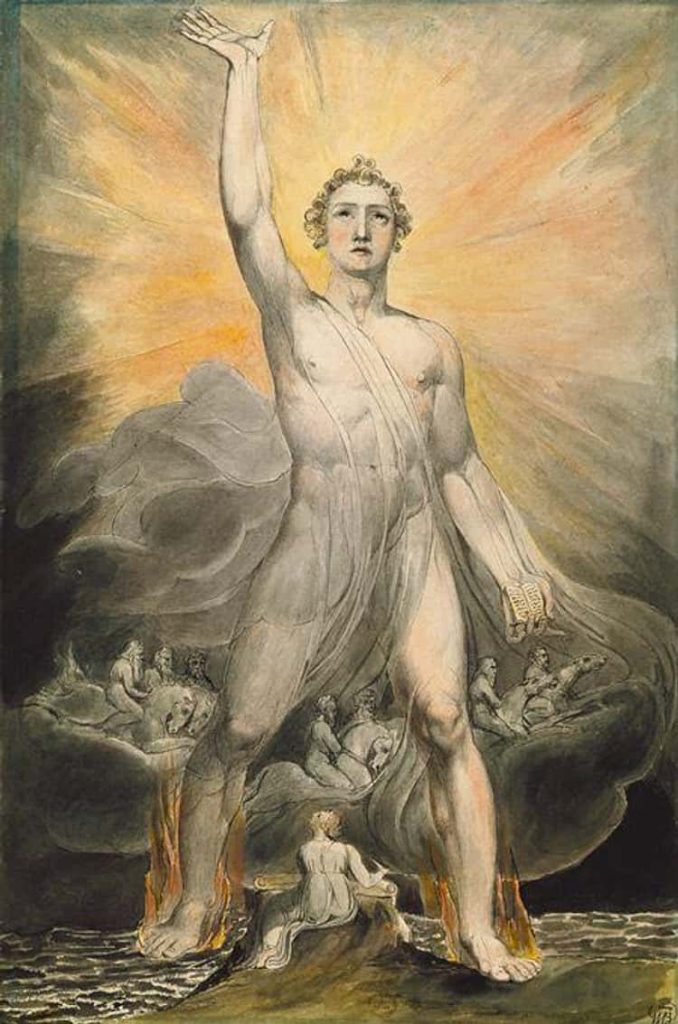
Other Nag Hammadi Treatises Develop the Genesis Storyline
Additional treatises found at Nag Hammadi, including the Hypostasis of the Archons and On the Origin of the World, relay how the maligned serpent of the Garden of Eden acted under divine inspiration to enlighten Adam and Eve concerning their high heavenly origins.
The Gnostic texts also question the benevolence, wisdom and motivations of the Genesis creator deity, describing him as an “envious, slanderous and jealous” god who needlessly punishes his human subjects over trivial disobediences.
The Nag Hammadi Texts Critique the Character of the Biblical Creator
By directly quoting Nag Hammadi sources, we find the Genesis creator vividly described in the following manner: “envious, slanderous, and jealous” – an apt summation of this mercurial god who ruthlessly punishes the most minor transgressions. The Gnostic treatises develop this theme further by elaborating on the destructive schemes of this creator, like using the Flood to wipe out humanity, and his ultimate impotence against the powers of the Most High God.
Intriguing Gnostic Elaborations on Biblical Accounts
Besides critiquing the Genesis creator deity, the Nag Hammadi texts provide provocative elaborations on other biblical accounts. For example, Noah’s unnamed wife in Genesis appears in Gnostic records as Norea, described as the daughter of Eve and possessor of special wisdom. Norea tries to dissuade her husband from cooperating with the creator’s annihilative flood plans. After the flood, when threatened by the creator’s dark servants, Norea calls out to the True God for salvation.
The Nag Hammadi Library Distinguishes Between the Demiurge and the Supreme Deity
Clearly these Gnostic manuscripts differentiate between the flawed, jealous craftsman of Genesis and the gracious Supreme Godhead whom Norea worships. The treatises place this True God above and beyond the creator, aligning the highest deity with divine Wisdom, personified as Sophia. Furthermore, the Nag Hammadi texts connect Jesus himself with the lineage of Seth, underscoring Jesus’ role in restoring humanity’s knowledge of their divine ancestry and their liberation from the harsh commands of the demiurge.
Parallels Between Gnostic Myths and Ancient Near Eastern Traditions
Intriguingly, this Gnostic vision of competing deities, with a headstrong creator and more exalted heavenly powers, resonates with ancient traditions from Mesopotamia and Egypt where gods clash and scheme against each other. Gnostic cosmologies match the imaginative vigor and drama of these Ancient Near Eastern mythic cycles. Considering such connections illuminates why the Gnostics formulated their unique interpretation of Genesis in response to these older, potent stories of divine quarrels.
Later Opposition to the Genesis Accounts The unfavorable dimensions latent in the Genesis accounts did not escape notice over the centuries. For example, the prominent Jewish scholar and religious teacher Rabbi Johannan ben Zakkai, who lived during the 1st century AD, warned that the problematic Genesis creation story should not be expounded to audiences larger than two people. Additionally, the early Church Father St. Jerome, translator of the Latin Vulgate Bible, freely acknowledged that many of the stories in the Old Testament seemed rude and offensive. Clearly he included episodes from Genesis when making this assessment.
The Nag Hammadi Library’s Radical Rereading of Scripture
By rereading Scripture through the lens of Gnostic belief and mythology, the Nag Hammadi texts promote a radically inverted understanding of central stories from Genesis—Adam and Eve, Noah’s flood, and even Abraham’s sacrifice. Instead of honoring the God of Genesis as the Supreme Deity, the one true God beyond all names, the Gnostics identify him as Ialdabaoth, a flawed demiurgical figure ignorant of powerful divine forces above him. This contrasts sharply with orthodox interpretation. Thus, the Nag Hammadi manuscripts not only offer elaborations on Genesis but a profoundly unique reading of it.
The Gnostic Alternative to Orthodox Christianity
In conclusion, the discovery of the ancient Gnostic texts at Nag Hammadi granted access to a long-suppressed but fascinating perspective on early Christianity’s origins and relation to Genesis and the Old Testament. Through these rare treatises, the Gnostics conveyed their profound insights into the mysteries of humanity’s distant past going back to the ancient Near East and remolded Biblical archetypes to convey their unorthodox vision of creation’s true beginnings beyond Earth and time as we understand them.
References-:
“Rethinking ‘Gnosticism.’” Princeton University Press, press.princeton.edu/books/paperback/9780691005423/rethinking-gnosticism.
Desjardins, Michel, et al. Nag Hammadi Texts and the Bible: A Synopsis and Index. 1995, philpapers.org/rec/DESNHT.
Shop amazing Anunnaki Merchandise at our store, Follow us on Facebook, Instagram, And For More Interesting Content Also Subscribe To Our Youtube Channel.

